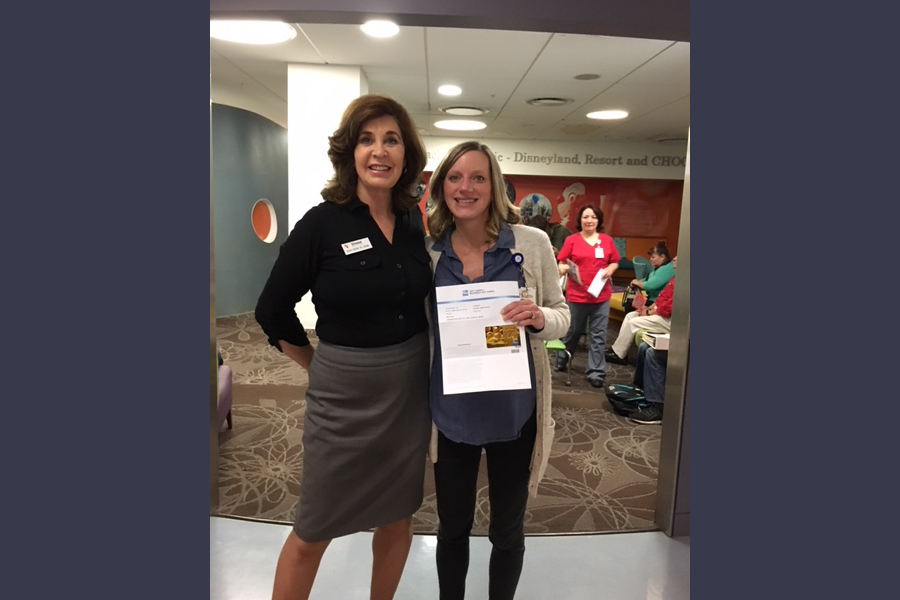The new school year is here and it is beginning to find its swing. Our kids are taking tests, and quizzes, and being assigned papers and projects. It’s happening!
As parents, we often think about how to help our children who struggle with poor executive functioning skills such as time management, prioritization, starting a task, completing a task, and keeping school materials organized so they can find their assignments and completed work. Our kids have multiple classes, activities and daily life tasks that can take a child with ADHD or weaker executive functioning skills and make life feel like a hot mess, for both parent and child.
As an Executive Functioning Coach, I offer many strategies to help our children and teens to get their work done so that they can have their down time to decompress at the end of each day. It’s unrealistic to believe that our children can go-go-go without a break – the same goes for adults. I often pose it as the following, which seems to resonate – “The goal is to get your work done so you can play and rest. You need to have that time so you are ready for the next day.”
With that said, I encourage parents to enroll their child in no more than one activity per child per season in order to find a balance between extracurricular activities, academics, social and family life.
Body Double or Not to Body Double?
When I was a young girl, I realized that when another person was in the room where I was working on homework (and I shared a room with my sister), I was able to stay focused for a longer period of time and get through assignments with greater ease. When I was left alone, I found myself organizing my desk drawers and cleaning my closet just to avoid getting schoolwork done. That is the concept of the body double – the presence of another person around or near the student which creates a level of accountability and motivation.
For my own son, he often asks to sit at the kitchen table while I clean up after dinner when he knows he needs to stay focused long enough to complete an assignment that NEEDS to get done or has an impending due date. I get it. That is still me.
For your child, assess if keeping him at the kitchen table or working area near you is helpful in that it creates more motivation to start and complete assignments. Your child may need the check in or the mere words, “Go ahead and get started.” For many of our children, it’s easier to start an assignment within someone’s presence than it is to start alone. It also helps for a check-in while working on the assignment in order to minimize distractions and maintain focus.
Find the White Board
Many children struggle to even approach homework because they don’t know where to begin. It’s often helpful to review the assignment pad or Google Classroom with your child and write down the list of assignments that need to be completed. Then, make the decision as to whether to begin with the easiest or the most difficult assignment and this is all relative to your child’s preferences. Or your child can make an estimation of how long each assignment is going to take and then decide whether to start with the assignment will take the shortest or the longest and work in that direction.
Creating the visual list and numbering them creates the mindset that the amount of homework is not endless, and she has control over where to begin and how to proceed through each assignment. This also has the added benefit of helping your child to create a sense of time, which is often compromised. For example, your child may think that an assignment will take 5 minutes to complete, when, it’s more like 30 minutes. After a 5-minute timer has rung, you and your child can make the assessment, how much more time do you think, which will then help your child to make more accurate estimations of how long an assignment or task will require in the future.
Short Spurts of Time
When a child looks at that list of homework assignments or reviews the contents of a project or the amount of information that needs to be studied for an upcoming test or quiz, shut down can happen shortly thereafter. The amount of time that any of these tasks require can be overwhelming and create procrastination and difficulty in beginning.
One approach is to set a timer for a definitive period of time, whether that’s 15, 25 or 45 minutes. That “chunk” of time can feel less intimidating and more do-able. Set a timer on your phone and set the phone across the room, out of reach. Once the timer rings, get up, take a 5-10 minute break, and set the timer for another spurt of time. Repeat until the task is done. This has multiple benefits in that it begins to chip away at the idea that all assignments and tasks take “forever” and begin to also create an accurate and realistic time sense of how long certain tasks take to complete.






















